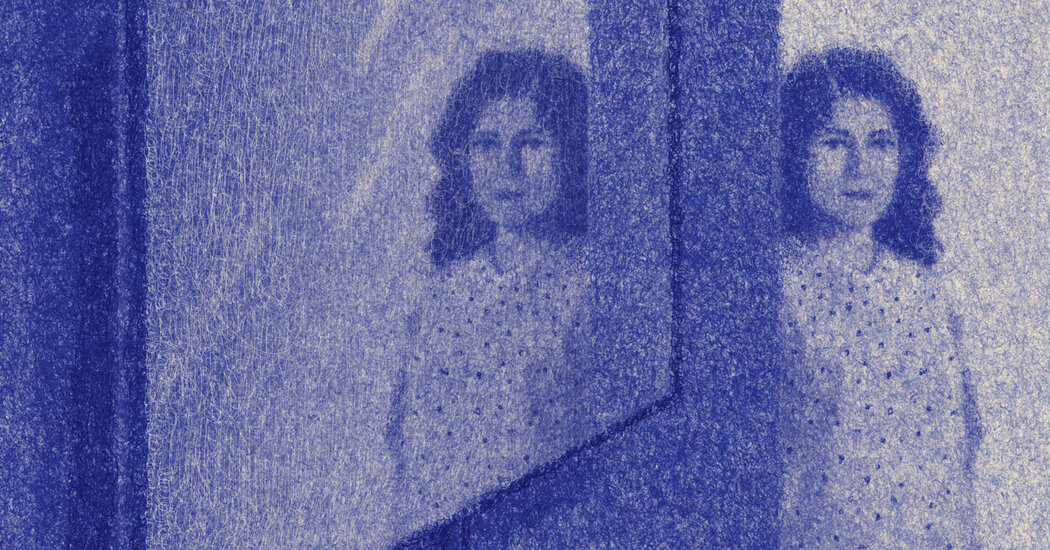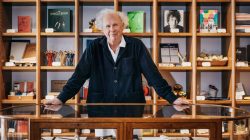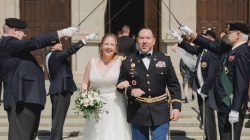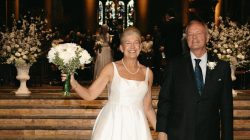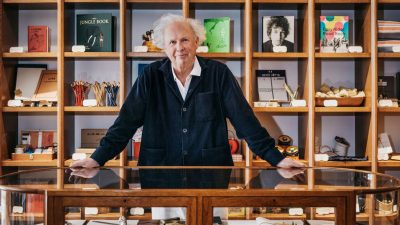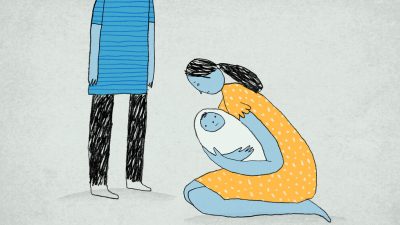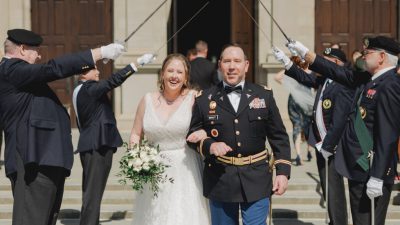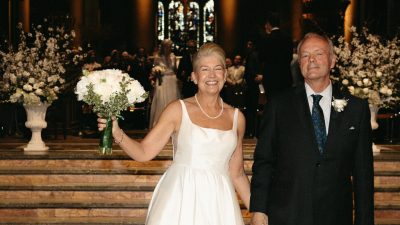I remember screaming at the top of my lungs on my way to get my first mammogram a few days later. The story of my life was outlined for me now — only problem was, it was a horror movie. They called me a “previvor,” and from a medical risk-management perspective, there was no difference between me and someone with actual early-stage cancer. I also remember, around the same time, reading a book that said that for a woman, struggling with infertility is as stressful as receiving a cancer diagnosis — and, though in fact I had neither of these conditions (I was never sick, nor was I infertile), I was nevertheless now handling both. My only diagnosis was a prediction — but if you’ve been told the future, and it’s bad, then you feel doomed.
Every month I tried, and failed, to get pregnant, while at the same time undergoing an ad hoc program of high-risk cancer surveillance with doctors on both coasts (the TV show required me to go back and forth). It turns out that constantly moving across the country for your high-pressure job while getting frequent breast M.R.I.s and researching prophylactic mastectomies as well as hormone replacement therapies for imminent post-surgical menopause does not create the ideal conditions for an anxious, overly caffeinated 35-year-old to fall into that luscious state where her womb softly accepts a fertilized egg. It was, however, certainly a tight story. I was in a race against time, trying to undo a Gordian knot of ovulation schedules and biopsy results with 50 guns held to my head. I had more stakes and consequences on my hands than a book of Greek myths. In the midst of all this, I wrote a pilot in which Emily Dickinson finds herself riding with Death in a spooky carriage. It was autobiographical.
And then, in 2017, right around the time I sold the show about Dickinson, my husband and I did in vitro fertilization. Two healthy embryos were transferred into my womb during the Great American Solar Eclipse. As I watched the moon’s shadow blot out the sun on the anesthesiologist’s iPhone, I thought, God, this better work, because we aren’t going to get another moment as well–scripted as this one. And I suppose the great network executive in the sky was convinced, because I got pregnant with twins. My little sun and moon. The organs that would be ripped from my body as soon as these babies were born had done their job.
Thus began five eventful, plot-heavy years where I crossed the following items off my to-do list: Write, produce and deliver three seasons of a deeply personal TV show for a brand-new global streaming platform; carry twins; give birth to twins (36 hours of labor followed by an unplanned C-section); move back and forth across the country at least eight different times with two infants, and then toddlers, into myriad apartments and child care situations; have my ovaries, fallopian tubes, uterus and cervix removed, thus putting me into immediate menopause; and, as a grand finale, undergo a double prophylactic mastectomy and reconstruction while releasing the final season of “Dickinson.” Oh, and survive a pandemic. (Did I mention the twins?)
As I lay in the bed outside the operating room on Dec. 10, 2021 (Dickinson’s birthday — an accident of scheduling that felt a touch “on the nose” from a screenwriting perspective), scrolling through fan reactions to that week’s episode while waiting for the nurse to wheel me in to have my genetically flawed, yet still perfectly nice-looking, breasts removed, one of the real Emily’s lines came into my head: “My life closed twice before its close.” My life, this story I’d been told in advance and had then lived through, moment by excruciating moment, was closing. It was all over. I’d gone from maiden to mother to crone in seven years. The complete arc of a woman’s life was behind me. I was 41 years old, and the credits were rolling.
Sumber: www.nytimes.com
